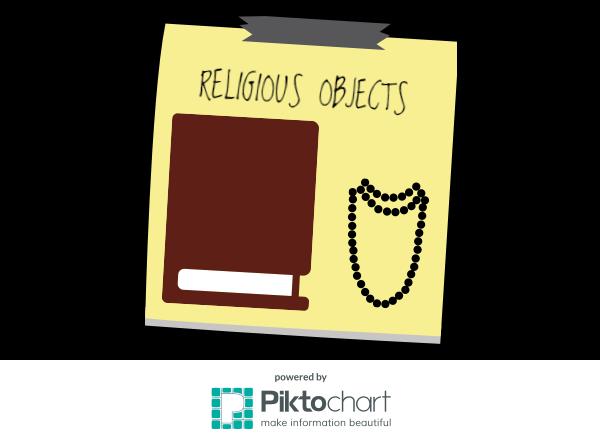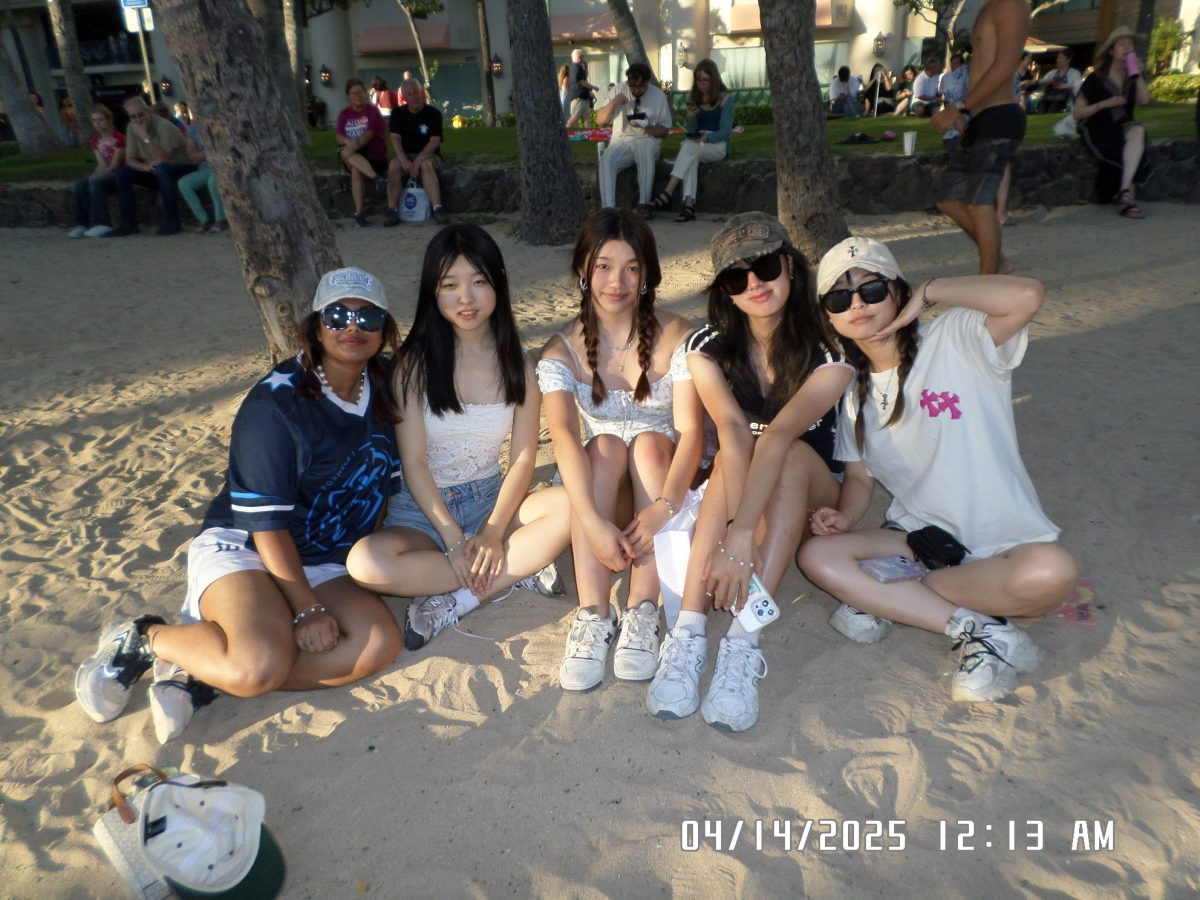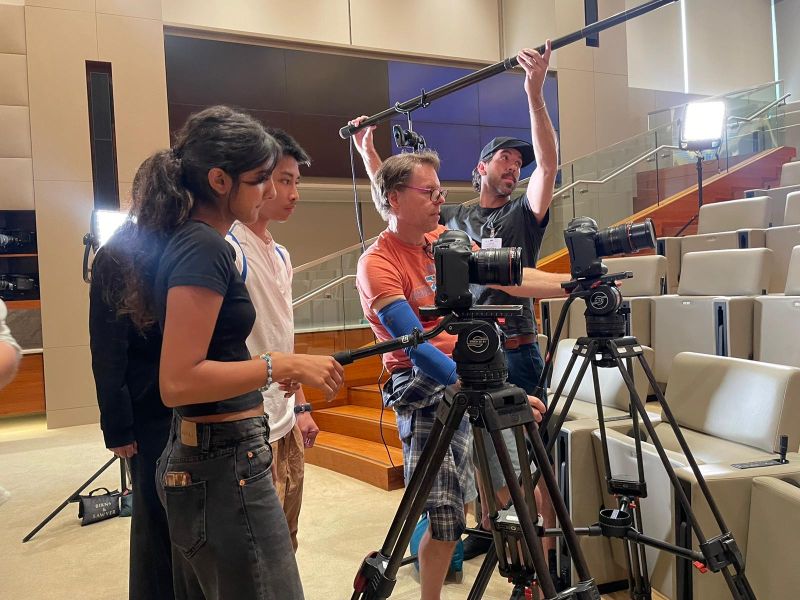Correction (Oct. 25): The grade of Dana Khodi was misstated in the print version of this story. Khodi is a junior.
SOPHOMORE ESTHER CHANG
Sept. 28, 2014. Sophomore Esther Chang can relay that date off the top of her head. This was the day that Chang got a new bible, which contains sentiments from the church that are dear to her. But most importantly, it was the day of her baptism. This time, she knew that she was ready; she could feel it in her heart. She was even baptized at the same time as the friends she grew up with through church, which made her experience all the more special. Though others often speak of the surreal experiences that they feel come with baptism, Chang felt none of that, because, to her, this was just a realization of her faith. With her bible comes a rush of happiness from an important moment of her life. It’s Chang’s memorabilia from the special day of her baptism.
SENIOR KENJI KADOKURA
When praying, senior Kenji Kadokura uses ojuzu beads, as per Buddhist customs. In a traditional string of ojuzu beads, each bead has significance. Two beads represent parents and the rest represent friends and family, except one that represents the Buddha. Traditional strings of ojuzu beads generally contain 108 prayer beads, but for practical purposes, Kadokura uses a smaller one. Kadokura had a rough start with his first ojuzu. When he was six years old, he sat on the pews of his temple and played with the ojuzu’s many beads. Then, all of a sudden, the string of the ojuzu snapped, leaving Kadokura speechless with the beads rolling around on the floor of the church. Kadokura recalls how everybody stared at him while he sat there, embarrassed at his mistake.
JUNIOR DANA KHODI
A well-known symbol of Zoroastrianism is the Faravahar, which has a face that looks to the right at the future. There are three wings, one of which represents good reflections, one good words and the last good deeds. Junior Dana Khodi considers this symbol to be her mantra.
“I go by ‘good thoughts, good words, good deeds,’” Khodi said. “That is so important to me and to every Zoroastrian because you’re not going to get far in life if you don’t have good thoughts, do good things [and] say nice things to people.”
Yet, the beauty of the symbol is apparent to others as well. Khodi says that what used to be a symbol that allowed Zoroastrians to differentiate themselves has now become somewhat of a fashion statement to others.
JUNIOR ANDRE BECKER
As a child, junior Andre Becker would be shipped off to Hebrew school, and, like most children who despised school, Becker didn’t like it. However, being Jewish came with the fun time of Hanukkah — a party for eight days. As a six-year-old, Becker sat around the kitchen table with his extended family, spinning the dreidel. As he spun the dreidel, Becker usually held no hopes of winning the game by landing on the right side of the dreidel, as the chance of actually winning the game is really low. But this time was different. He was all in. He placed his supply of gold chocolate coins in the center of the table with the rest of the kids.
The game used to be played with actual gold coins, but as times changed so did the game. He spun his family’s dreidel, and, luckily for Becker, he was the winner of several golden chocolate coins.








